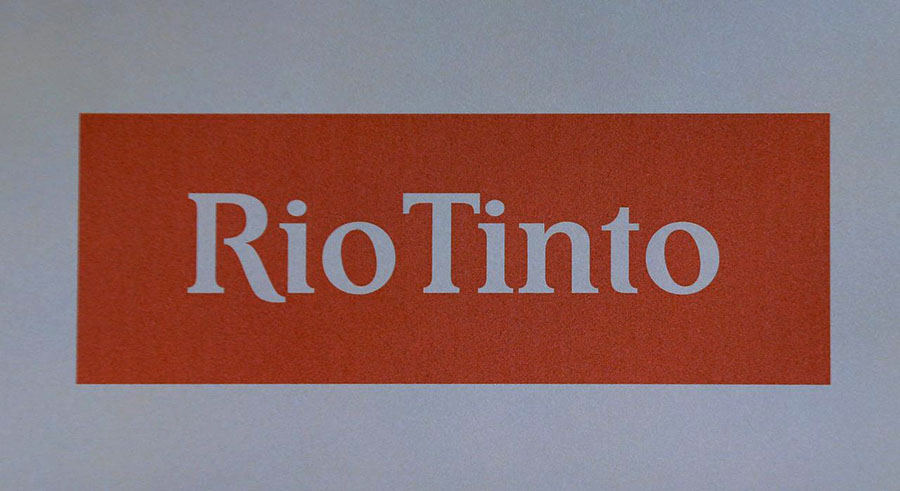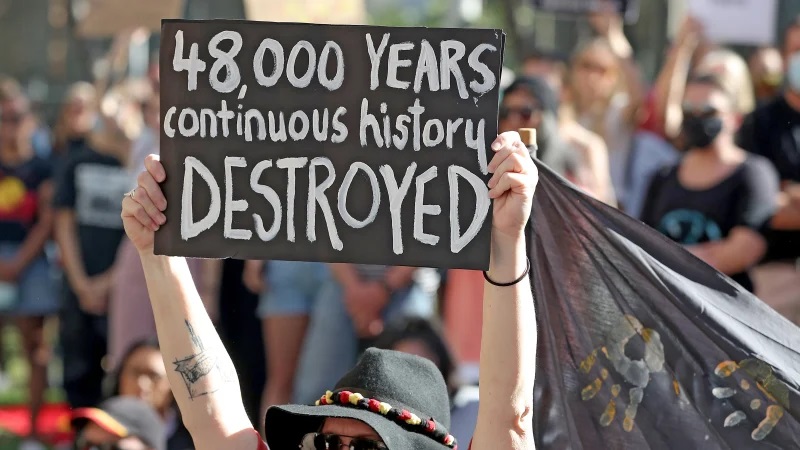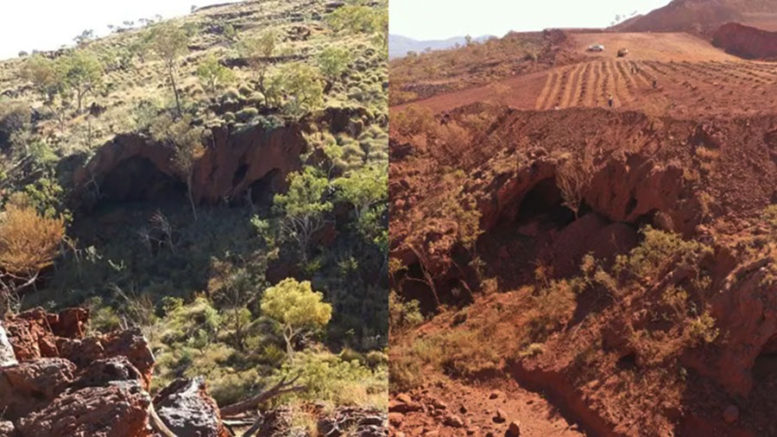Contributed from Queensland
Destruction of a site holding relics of 46,000 years old human habitation by the world’s second biggest mining company, and the subsequent release of a tape exposing its CEO saying he is not sorry about what happened, is a scandal of major proportions.
For the Puutu Kunti Kurrama and Pinikura First Nations, the loss of the caves at Juukan Gorge is a cruel blow. They are outraged and want to see justice.
Australia as a nation has been chilled by the brazen disregard of Anglo-American Rio Tinto, and the reaction so strong, that it has been enough to quickly push the Australian government into conducting an inquiry.

Nearly a month after the destruction, and after the the outing of the CEO Chris Salisbury’s insensitive comment and the announcement of the inquiry, Rio Tinto was forced into damage control. Chairman Simon Thompson issued an apology and promised an internal review.
The apology and review promise lack credibility. Both rest on the notion that it was all an accident and misunderstanding, rather than deliberate disregard, and it looks like a strategy to deflect the blame.
It’s not good enough. Rio Tinto is not a newcomer, is aware that there are issues with First Nations, had all the information needed about the site in question and more. The bottom line is that all this was ignored.
Rio Tinto’s modus operandi in Australia has long been to ride over the rights of First Nations and other Australians, as far as the circumstances enabled them to do so. The record is even worse in other countries. The most notorious was at nearby Bougainville, and it reveals how far this company has been prepared to go to lift its bottom line.

At Juukan Gorge, the Rio Tinto used ministerial consent given in 2013, allowing mining companies to disregard indigenous concerns. This provided provided a backdoor in, and the distraction of the Coronavirus outbreak provided a convenient opportunity to take advantage of it. Rio Tinto got caught out.
Other mining companies were moving in the same direction. BHP for example, had lined up about 40 sites to destroy, before this scandal put a stop to it.
Rio Tinto had formally adopted policies respecting the rights of First Nations a few years ago, and linked itself with Reconciliation Australia. But there has always been criticism that the action has never matched the words. After this incident, the relationship with Reconciliation Australia has been broken.
An inquiry into what happened is justified. There should also be one into improper links between mining companies and government. Better protection of heritage sites and greater autonomy for First Nations are needed.


There needs to be massive retribution for this. Our Government also need to be made accountable. No further destruction of Indigenous sites should ever occur.
Profit at all cost…history repeating…and lost.